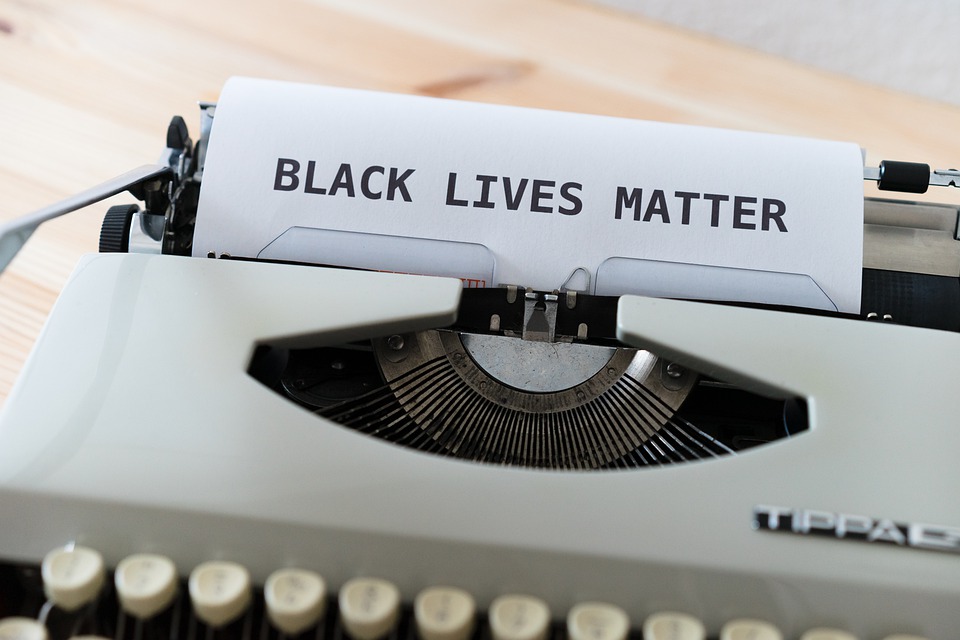By V4 Agency
A black student was initially perplexed at the fact that others are unwilling to step off the sidewalk to give way for him to walk past. Eventually, he arrived at the conclusion that white people don’t step aside because of their internalised racism and supremacy.
Leftist ideologies gaining ground in higher education prompt students to attach the label of racism to anything. These days, even seemingly innocent occurrences, like walking or standing on the pavement, turn out to be blatantly racist.
The opinion editor of the Northwestern University’s student newspaper recently published an article on the subject. Kenny Allen began by noting that when he first walked around on campus, he would often have to walk way around people to pass without bumping into them. The black student found that frustrating but attributed it to the geographic diversity of the school, assuming that those who came to the institution were used to different ways of moving through a public place.
Later, however, after talking to some of his black friends about his experience, Kenny Allen concluded that “people at this predominantly White school would not move out of our way on the sidewalk.” This was one of the reminders for him that diversity at the university does not imply inclusion.
The article’s author then went on to point out that an American sociologist laid out a set of questions to determine whether or not a given university is racist. These questions focus on which groups feel most at home on the campus or whose norms, values and perspectives the institution considers to be legitimate. For Kenny Allen, the answer to these questions at Northwestern University is the community of white people.
In the end, Allen arrives at the conclusion that the phenomenon he observed at the university is rooted in the segregation laws, also known as Jim Crow laws, that enforced racial discrimination by establishing different rules for blacks and whites. The law meant that black people had to attend different schools and were not allowed to vote.
Formal segregation rules were accompanied by a set of informal ones. These rules governed the way black people had to approach white people in public spaces, for instance, they were expected to step off the sidewalk when a white person was walking past. At the time, these rules helped to reinforce the public sentiment that blacks were inferior to whites.
The informal rules are passed down through generations just like any other kind of etiquette, according to Allen. He writes that white people came to expect the right of way in public spaces and they are accustomed to moving through the world like that. Many white people walk around campus having unknowingly absorbed this particular facet of white supremacy. Allen thinks essentially every aspect of society, including the way we physically move through space, has been shaped by a racist legacy; the sidewalk question is just one way in which black people are made to feel unwelcome.
A growing number of university events have been labelled racist of late. Andre Lawes Menchavez, a student who identifies “as Filipinx, Indigenous and queer activist” was apparently outraged that his white classmates visited Mexico and Hawaii during spring break. He devoted an entire op-ed to this topic in the University of Washington’s student newspaper, where he works as opinion editor.
According to Menchavez, by travelling during the holiday white students were following in the footsteps of their violent white supremacist ancestors and endangering the lives of local communities for the sake of their own aesthetic pleasure. These types of spring breaks have led the author to simply conclude that white people were not to be trusted.
UCLA has also organised and held an online debate on institutionalised racism, where one student raised the idea that automatic soap dispensers “don’t see her hands” due to the dark pigment of her skin. Another student then described the soap dispensers as racist, arguing that they force “black and brown bodies” to show their palms, “the only light areas of their skin”, in order to get soap out. They eventually concluded that automatic soap dispensers are a living proof that the institutionalised racism of white people exists.
The story was covered by Sullivan Israel on The College Fix website. He also took part in the debate, but happened to disagree with the conclusions. In his article, he debunked the basis of this claim, writing that the sensors on soap dispensers work using a simple device called a PIR sensor, which recognises infrared light, something that’s emitted by all people, regardless of colour. The problem is that these days anything can be labelled as racist, potentially setting quite a dangerous precedent, he added.
